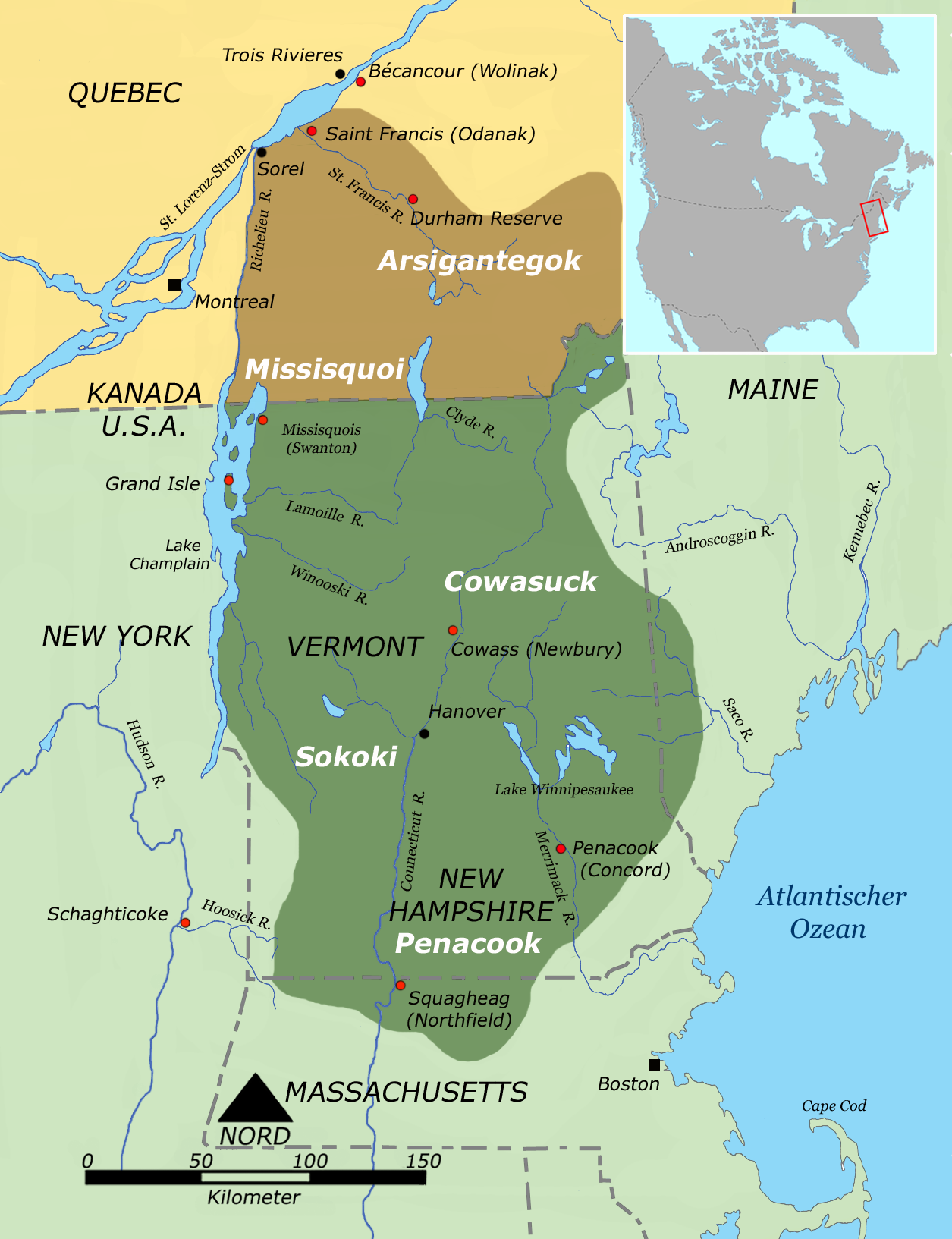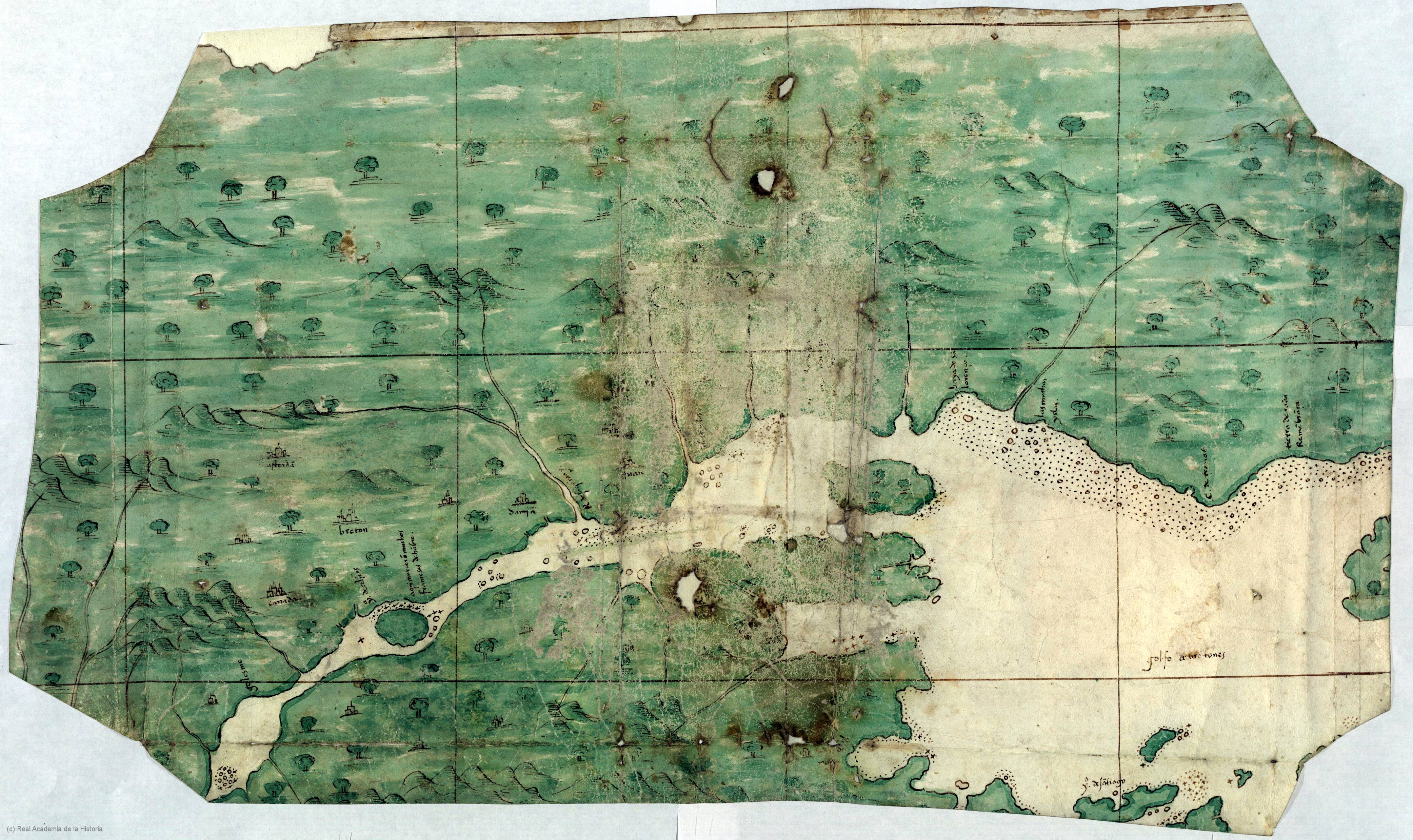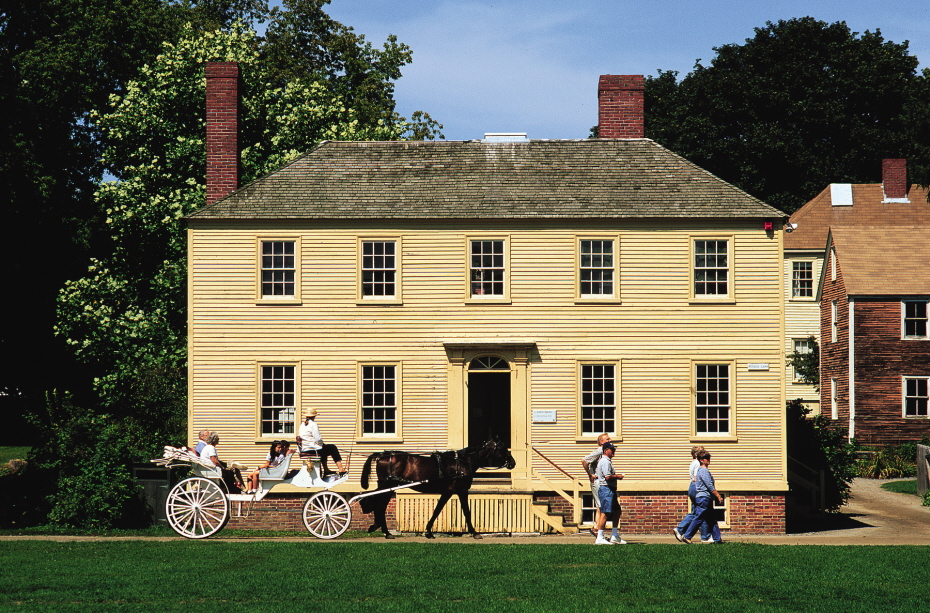|
Abenaki
The Abenaki ( Abenaki: ''Wαpánahki'') are Indigenous people of the Northeastern Woodlands of Canada and the United States. They are an Algonquian-speaking people and part of the Wabanaki Confederacy. The Eastern Abenaki language was predominantly spoken in Maine, while the Western Abenaki language was spoken in Quebec, Vermont, and New Hampshire. While Abenaki peoples have shared cultural traits, they did not historically have a centralized government. They came together as a post-contact community after their original tribes were decimated by colonization, disease, and warfare. Names The word ''Abenaki'' and its syncope, ''Abnaki,'' are both derived from ''Wabanaki'', or ''Wôbanakiak,'' meaning "People of the Dawn Land" in the Abenaki language. While the two terms are often confused, the Abenaki are one of several tribes in the Wabanaki Confederacy. Alternate spellings include: ''Abnaki'', ''Abinaki'', ''Alnôbak'', ''Abanakee'', ''Abanaki'', ''Abanaqui'', ''Abana ... [...More Info...] [...Related Items...] OR: [Wikipedia] [Google] [Baidu] |
Abenaki Language
Abenaki (Eastern: ', Western: ), also known as Wôbanakiak, is an endangered Eastern Algonquian language of Quebec and the northern states of New England. The language has Eastern and Western forms which differ in vocabulary and phonology and are sometimes considered distinct languages. Western Abenaki was spoken in New Hampshire, Vermont, north-western Massachusetts, and southern Quebec. Odanak, Quebec is a First Nations reserve located near the Saint-François River—these peoples were referred to as Saint Francis Indians by English writers after the 1700s. The few remaining speakers of Western Abenaki live predominantly in Odanak and the last fully fluent speaker, Cécile (Wawanolett) Joubert died in 2006. A revitalization effort was started in Odanak in 1994; however, as of 2004 younger generations are not learning the language and the remaining speakers are elderly, making Western Abenaki nearly extinct. Eastern Abenaki languages are spoken by several peoples, incl ... [...More Info...] [...Related Items...] OR: [Wikipedia] [Google] [Baidu] |
Cowasuck
The Cowasuck, also known as Cowass, was an Algonquian-speaking Native American tribe in northeastern North America and the name of their primary settlement. Linguistically and culturally the Cowasuck belonged to the Western Abenaki and the Wabanaki Confederacy. They were Western Abenaki who lived in and around the village of Cowass, which became Newbury, Vermont. Name The name ''Cowasuck'' comes from the Abenaki word ''Goasek'' which means "White Pines Place", an area near Newbury, Vermont. The members of the tribe were called Goasiak (singular: Goasi), which means "the people of the white pines". Variant spellings of the place name include ''Koés'' in French and ''Cohass'', ''Cohoss'', or ''Coos'' in English, and an alternate demonym is ''Cohassiac''. Coös County, the northernmost county in New Hampshire, derives from the Wôbanakiak word. Territory The Cowasuck formerly resided on the upper Connecticut River, with the main village of Cowasuck, now Newbury, located ... [...More Info...] [...Related Items...] OR: [Wikipedia] [Google] [Baidu] |
Wabanaki Confederacy
The Wabanaki Confederacy (''Wabenaki, Wobanaki'', translated to "People of the Dawn" or "Easterner"; also: Wabanakia, "Dawnland") is a North American First Nations and Native American confederation of five principal Eastern Algonquian nations: the Abenaki, Mi'kmaq, Wolastoqiyik, Passamaquoddy (''Peskotomahkati'') and Penobscot. There were more tribes, along with many bands, that were once part of the Confederation. Native tribes such as the Nanrantsouak, Alemousiski, Pennacook, Sokoki, and Canibas, through massacres, tribal consolidation, and ethnic label shifting were absorbed into the five larger national identities. Members of the Wabanaki Confederacy, the Wabanakiyak, are located in and named for the area which they call Wabanaki ("Dawnland"), roughly the area that became the French colony of Acadia. The territory boundaries encompass present-day Maine, New Hampshire, and Vermont, in the United States, and New Brunswick, mainland Nova Scotia, Cape Breton Island, Pri ... [...More Info...] [...Related Items...] OR: [Wikipedia] [Google] [Baidu] |
Missiquoi
The Missiquoi (or the Missisquoi or the Sokoki) were a historic band of Abenaki Indigenous peoples from present-day southern Quebec and formerly northern Vermont. This Algonquian-speaking group lived along the eastern shore of Lake Champlain at the time of the European incursion. Today, they are part of the Conseil des Abénakis d'Odanak, a First Nation in Quebec. Missiquoi is also the name of a 17th-century Abenaki village in northern Vermont, for which the sub-tribe was named. Name The name ''Missisquoi'' comes from ''mazipskoiak'' meaning "flint people," which comes from ''mazipskoik'' or "at the flint," meaning a chert quarry near what is now Swanton, Vermont. It's also spelled ''Missiassik'' or ''Masipskoik'' a word that means "where there are many big rocks or boulder" in Abenaki. History Prior to European contact, some Western Abenaki founded villages at the mouth of the Missisquoi River. By the 17th century, Western Abenaki from across Lake Champlain consolidat ... [...More Info...] [...Related Items...] OR: [Wikipedia] [Google] [Baidu] |
Odanak
Odanak is an Abenaki First Nations reserve in the Central Quebec region, Quebec, Canada. The mostly First Nations population as of the 2021 Canadian census was 481. The territory is located near the mouth of the Saint-François River at its confluence with the St. Lawrence River. It is partly within the limits of Pierreville and across the river from Saint-François-du-Lac. ''Odanak'' is an Abenaki word meaning "in the village". History Beginning about 1000 CE, Iroquoian-speaking people settled along the St. Lawrence River, where they practiced agriculture along with hunting and fishing. Archeological surveys have revealed that by 1300, they built fortified villages similar to those seen and described by French explorer Jacques Cartier in the mid-16th century, when he visited Hochelaga and Stadacona. However, by 1600, the villages and people were gone. Since the 1950s, historians and anthropologists have used archeological and linguistic evidence to develop a consensus ... [...More Info...] [...Related Items...] OR: [Wikipedia] [Google] [Baidu] |
Abenaki Mythology
The Abenaki people are an indigenous peoples of the Americas located in the Indigenous peoples of the Northeastern Woodlands, Northeastern Woodlands region. Their religious beliefs are part of the ''Midewiwin'' tradition, with ceremonies led by shamanism, medicine keepers, called ''Medeoulin'' or ''Mdawinno''. Creation In Abenaki mythology the highest deity is Gici Niwaskw, also referred to by the titles of Tabaldak or Dabaldak, meaning Lord, and Niwaskowôgan, meaning Great Spirit. According to the creation myth, there existed no sound or color prior until Gici Niwaskw desired it and began the process of creating the world. To do so he called forth a giant turtle, called Tolba, from the Cosmic ocean, primordial waters, crafting the land on top of Tolba’s shell and the clouds above that. After this creation the Great Spirit fell asleep and began to dream of every creature and plant to ever exist, waking to discover that his dreams had become reality as he had slept. Thus the ne ... [...More Info...] [...Related Items...] OR: [Wikipedia] [Google] [Baidu] |
Vermont
Vermont () is a U.S. state, state in the New England region of the Northeastern United States. It borders Massachusetts to the south, New Hampshire to the east, New York (state), New York to the west, and the Provinces and territories of Canada, Canadian province of Quebec to the north. According to the most recent U.S. Census estimates, the state has an estimated population of 648,493, making it the List of U.S. states and territories by population, second-least populated of all U.S. states. It is the nation's List of U.S. states and territories by area, sixth smallest state in area. The state's capital of Montpelier, Vermont, Montpelier is the least populous List of capitals in the United States, U.S. state capital. No other U.S. state has a List of largest cities of U.S. states and territories by population, most populous city with fewer residents than Burlington, Vermont, Burlington. Native Americans in the United States, Native Americans have inhabited the area for abou ... [...More Info...] [...Related Items...] OR: [Wikipedia] [Google] [Baidu] |
Penobscot
The Penobscot (Abenaki: ''Pαnawάhpskewi'') are an Indigenous people in North America from the Northeastern Woodlands region. They are organized as a federally recognized tribe in Maine and as a First Nations band government in the Atlantic provinces and Quebec. The ''Penobscot Nation'', formerly known as the ''Penobscot Tribe of Maine,'' is the federally recognized tribe of Penobscot in the United States."Tribal Directory" ''National Congress of American Indians''. Retrieved 30 August 2012. They are part of the , along with the , |
Connecticut River
The Connecticut River is the longest river in the New England region of the United States, flowing roughly southward for through four states. It rises 300 yards (270 m) south of the U.S. border with Quebec, Canada, and discharges into Long Island Sound between Old Saybrook, Connecticut, Old Saybrook and Old Lyme, Connecticut. Its watershed encompasses , covering parts of five U.S. states and one Canadian province, via 148 tributaries, 38 of which are major rivers. It produces 70% of Long Island Sound's fresh water, discharging at per second. The Connecticut River Valley is home to some of the northeastern United States' most productive farmland, as well as the Hartford–Springfield, Hartford–Springfield Knowledge Corridor, a metropolitan region of approximately two million people surrounding Springfield, Massachusetts, and Hartford, Connecticut. History The word "Connecticut" is a Corruption (linguistics), corruption of the Mohegan word ''quinetucket'' and Nipmuc word ''kw ... [...More Info...] [...Related Items...] OR: [Wikipedia] [Google] [Baidu] |
Androscoggin People
The Androscoggin (Ammoscongon) were an Abenaki people from what are now the U.S. states of Maine and New Hampshire. By the 18th century, they were absorbed by neighboring tribes. Name The name of the Androscoggin is derived from an anglicization of the Abenaki-language term Ammoscongon, which was the name given for the portion of the Androscoggin River from Lewiston Falls northward, as stated by Pere Pole in 1793. Distribution The Ammoscongon once lived in the Androscoggin River watershed, located in present-day southern Maine and northern New Hampshire. Their main village was located in the vicinity of present-day Lewiston, Maine. Together with the Pigwacket near Fryeburg, Maine they formed the southernmost of the Abenaki tribes and were therefore one of the first in contact with the English colonists of New England. History 17th century In 1675, the Androscoggin took part in King Philip's War. The renowned hunter, trapper, fisherman and guide, Metallak (1727–1847), w ... [...More Info...] [...Related Items...] OR: [Wikipedia] [Google] [Baidu] |
Indigenous Peoples Of The Northeastern Woodlands
Indigenous peoples of the Northeastern Woodlands include Native American tribes and First Nation bands residing in or originating from a cultural area encompassing the northeastern and Midwest United States and southeastern Canada. It is part of a broader grouping known as the Eastern Woodlands. The Northeastern Woodlands is divided into three major areas: the Coastal, Saint Lawrence Lowlands, and Great Lakes-Riverine zones.Trigger, "Introduction" 2 The Coastal area includes the Atlantic Provinces in Canada, the Atlantic seaboard of the United States, south until North Carolina. The Saint Lawrence Lowlands area includes parts of Southern Ontario, upstate New York, much of the Saint Lawrence River area, and Susquehanna Valley. The Great Lakes-Riverine area includes the remaining inland areas of the northeast, home to Central Algonquian and Siouan speakers. The Great Lakes region is sometimes considered a distinct cultural region, due to the large concentration of tribes i ... [...More Info...] [...Related Items...] OR: [Wikipedia] [Google] [Baidu] |
New Hampshire
New Hampshire ( ) is a U.S. state, state in the New England region of the Northeastern United States. It borders Massachusetts to the south, Vermont to the west, Maine and the Gulf of Maine to the east, and the Canadian province of Quebec to the north. Of the List of states and territories of the United States, 50 U.S. states, New Hampshire is the List of U.S. states and territories by area, seventh-smallest by land area and the List of U.S. states and territories by population, tenth-least populous, with a population of 1,377,529 residents as of the 2020 United States census, 2020 census. Concord, New Hampshire, Concord is the List of capitals in the United States, state capital and Manchester, New Hampshire, Manchester is the List of municipalities in New Hampshire, most populous city. New Hampshire's List of U.S. state mottos, motto, "Live Free or Die", reflects its role in the American Revolutionary War; its state nickname, nickname, "The Granite State", refers to its ext ... [...More Info...] [...Related Items...] OR: [Wikipedia] [Google] [Baidu] |






